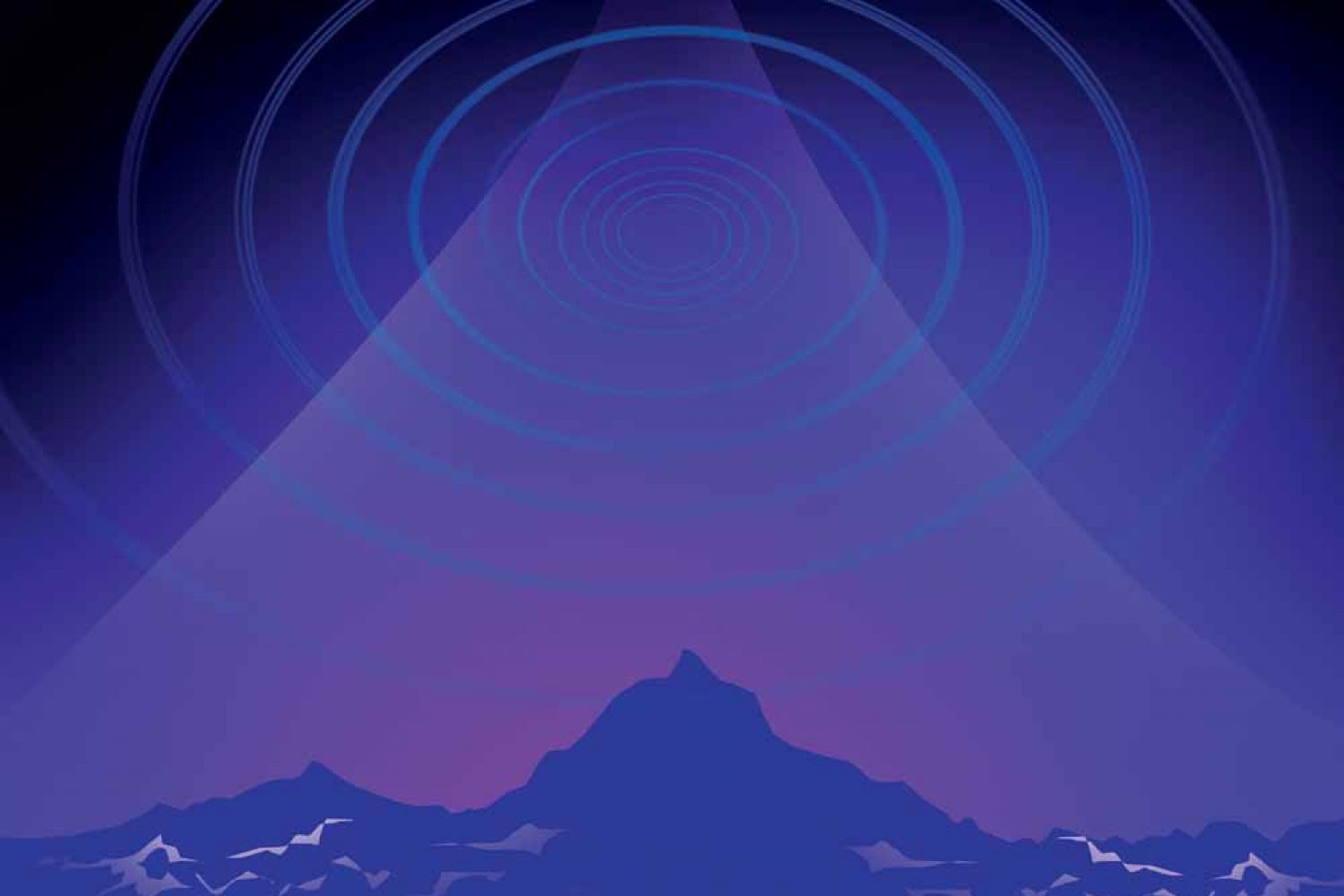
It was September 14,
2015, 1.50 a.m. at Hanford in Washington state, US, and 3.50 a.m. at
Livingstone in Louisiana state. It was 3:20 p.m. in India. None of us knew that
the earth shook. Yes, the earth shook. But it was not an earthquake; it was the
ripples in spacetime itself, i.e. gravitational waves, caused by the merger of
two black holes some 1.3 billion light years away.
We could not feel the
tremor, but thankfully two instruments made for this purpose detected the
events. Scienti
Continue reading “Gravitational waves: A new beginning”
Read this story with a subscription.





